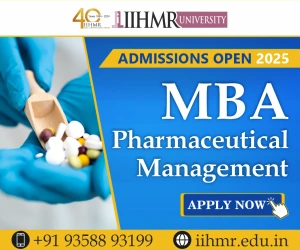DISCUSSION ON THE ROLE OF Rb PROTEIN AND P53 IN CELL CYCLE REGULATION
 About Authors:
About Authors:
Lohithasu Duppala* , Manikumar Kothakota
GITAM Institute of Pharmacy,
GITAM University, visakhapatnam, Andhra Pradesh, India-530045.
* lohithasu@gmail.com, +919491894432
INTRODUCTION:
Cell Theory:
· All organisms consist of one or more cells.
· Cell is the smallest unit of life.
· All cells come from pre-existing cells.
Cell cycle:
The dividing and non –dividing stages in the life of a cell are described by a series of events called the cell-cycle. The cell cycle is the sequence of events by which a cell duplicates its genome and divides into daughter cells.Some cells, like skin cells ,divide continuously throught the life of the organism.Cardiac muscle cells are arrested in G2 phase.


 About Authors:
About Authors:  About Author:
About Author:







